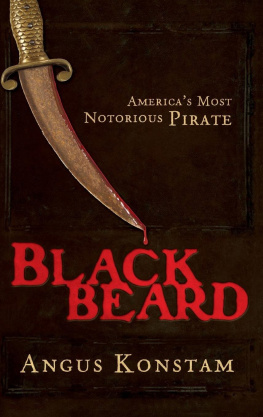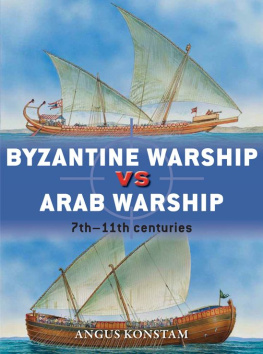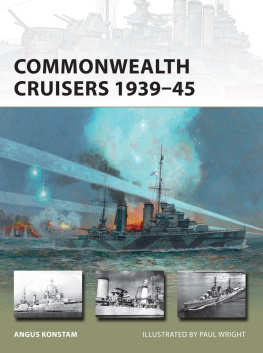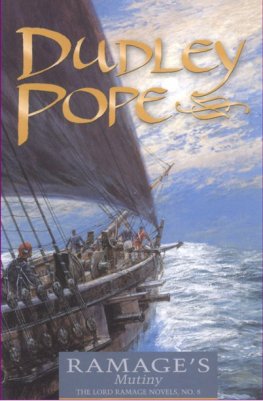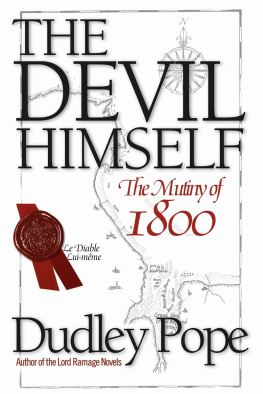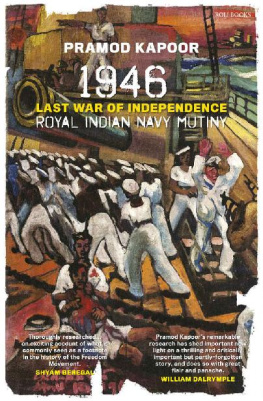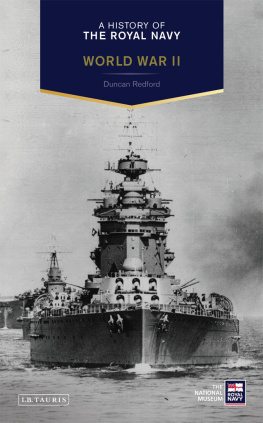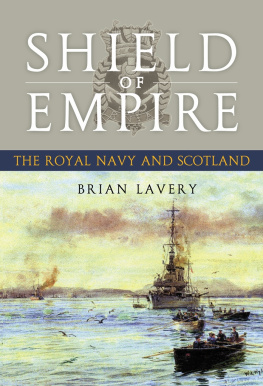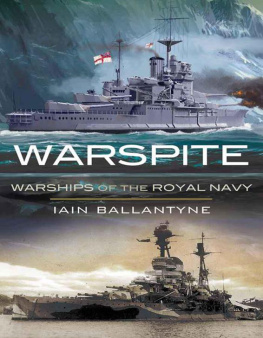Angus Konstam - Mutiny on the Spanish Main: HMS Hermione and the Royal Navy’s Revenge
Here you can read online Angus Konstam - Mutiny on the Spanish Main: HMS Hermione and the Royal Navy’s Revenge full text of the book (entire story) in english for free. Download pdf and epub, get meaning, cover and reviews about this ebook. City: Oxford, year: 2020, publisher: Osprey Publishing, genre: History. Description of the work, (preface) as well as reviews are available. Best literature library LitArk.com created for fans of good reading and offers a wide selection of genres:
Romance novel
Science fiction
Adventure
Detective
Science
History
Home and family
Prose
Art
Politics
Computer
Non-fiction
Religion
Business
Children
Humor
Choose a favorite category and find really read worthwhile books. Enjoy immersion in the world of imagination, feel the emotions of the characters or learn something new for yourself, make an fascinating discovery.
- Book:Mutiny on the Spanish Main: HMS Hermione and the Royal Navy’s Revenge
- Author:
- Publisher:Osprey Publishing
- Genre:
- Year:2020
- City:Oxford
- Rating:5 / 5
- Favourites:Add to favourites
- Your mark:
Mutiny on the Spanish Main: HMS Hermione and the Royal Navy’s Revenge: summary, description and annotation
We offer to read an annotation, description, summary or preface (depends on what the author of the book "Mutiny on the Spanish Main: HMS Hermione and the Royal Navy’s Revenge" wrote himself). If you haven't found the necessary information about the book — write in the comments, we will try to find it.
The true story of one of the most notorious mutinies in naval history, which provided inspiration for Patrick OBrians AubreyMaturin and C.S. Foresters Hornblower novels.In 1797 the 32-gun Royal Navy frigate HMS Hermione was serving in the Caribbean, at the forefront of Britains bitter sea war against Spain and Revolutionary France. Its commander, the sadistic and mercurial Captain Hugh Pigot ruled through terror, flogging his men mercilessly and pushing them beyond the limits of human endurance. On the night of 21 September 1797, past breaking point and drunk on stolen rum, the crew rebelled, slaughtering Pigot and nine of his officers in the bloodiest mutiny in the history of the Royal Navy. Handing the ship over to the Spanish, the crew fled, sparking a manhunt that would last a decade. Seeking to wipe clean this stain on its name, the Royal Navy pursued the traitorous mutineers relentlessly, hunting them across the globe, and, in 1801, seized the chance to recover its lost ship in one of the most daring raids of the Age of Fighting Sail. Anchored in a heavily fortified Venezuelan harbour, the Hermione now known as the Santa Cecilia was retaken in a bold night-time action, stolen out from under the Spanish guns. Back in British hands, the Hermione was renamed once more its new identity a stark warning to would-be mutineers: Retribution.Drawing on letters, reports, ships logs, and memoirs of the period, as well as previously unpublished Spanish sources, Angus Konstam intertwines extensive research with a fast-paced but balanced account to create a fascinating retelling of one of the most notorious events in the history of the Royal Navy, and its extraordinary, wide-ranging aftermath.
Angus Konstam: author's other books
Who wrote Mutiny on the Spanish Main: HMS Hermione and the Royal Navy’s Revenge? Find out the surname, the name of the author of the book and a list of all author's works by series.



